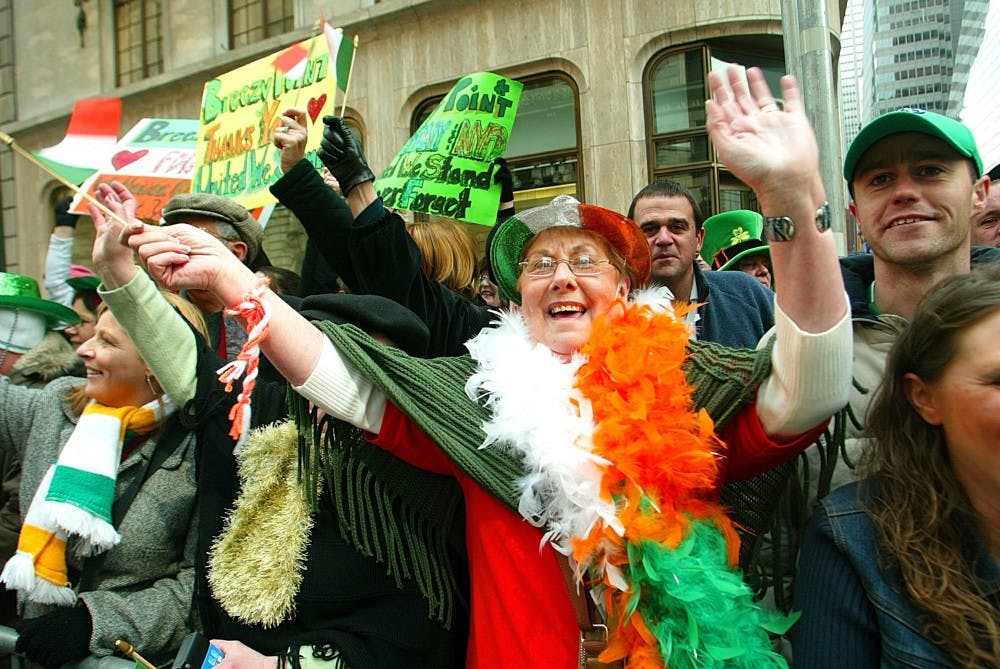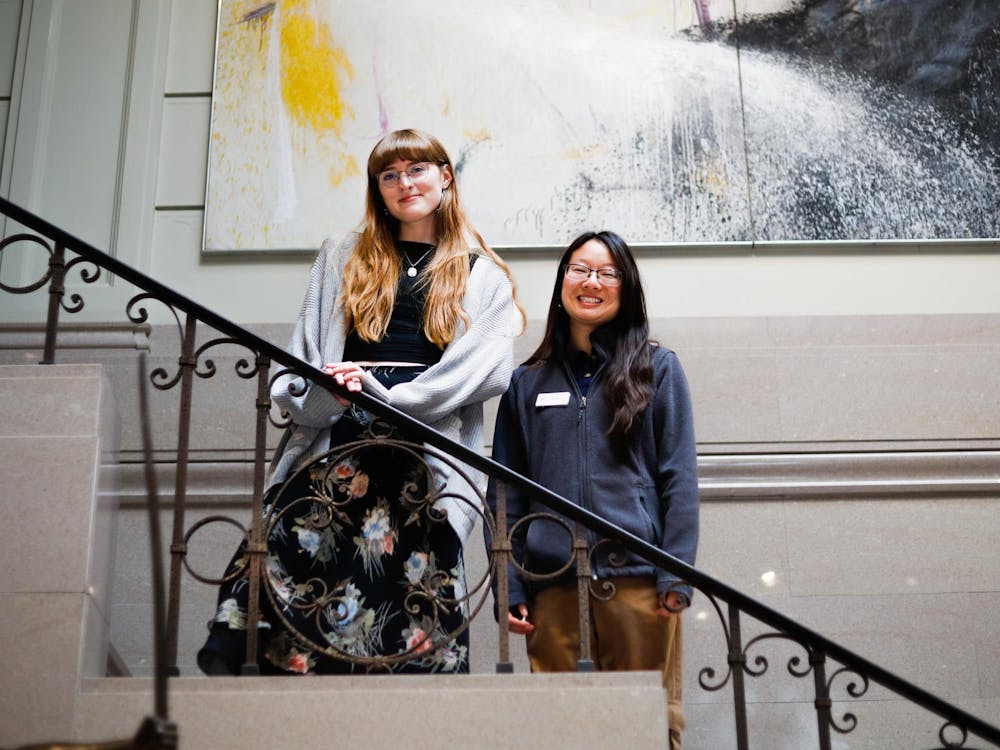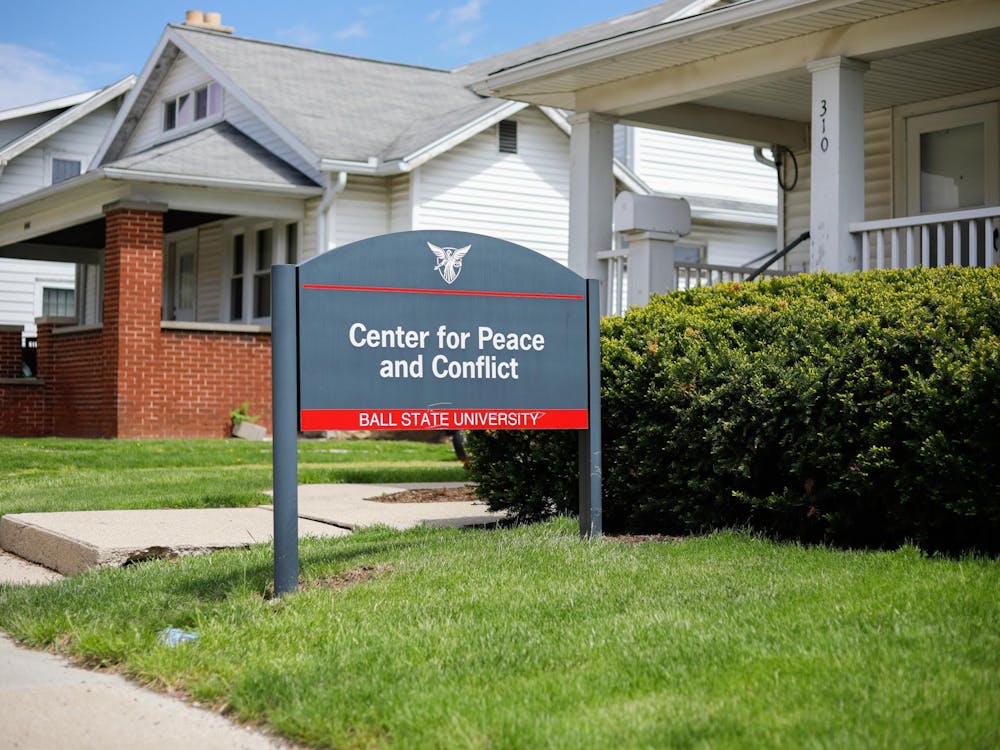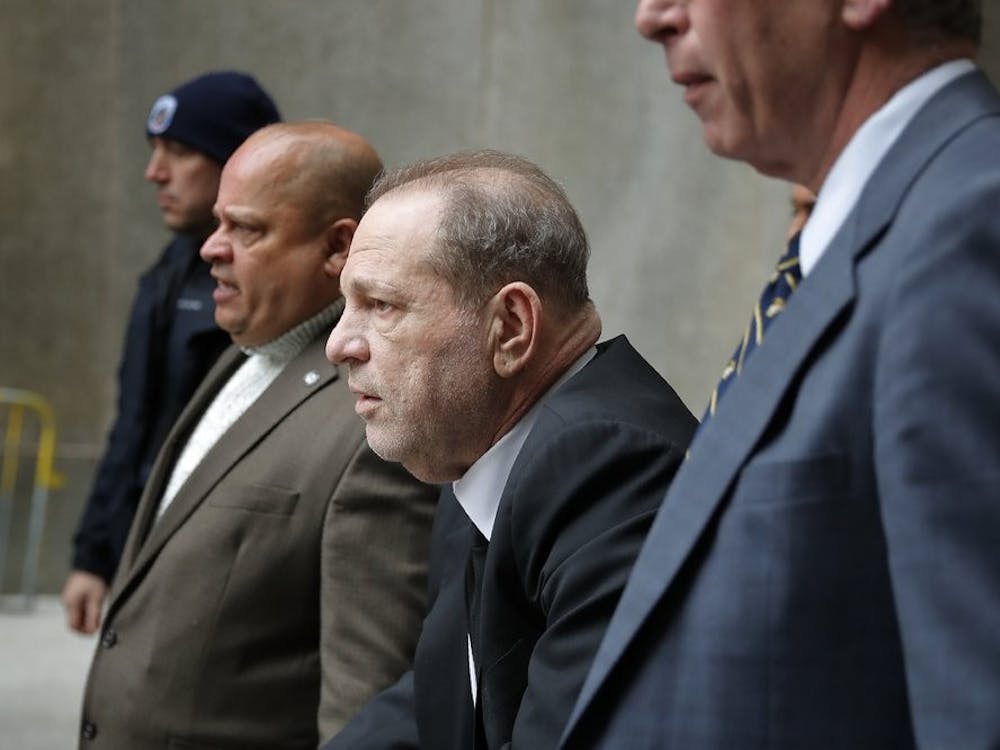NEW YORK (AP) — A weekend of St. Patrick’s Day revelry and tensions over the exclusion of gays in some of the celebrations culminated Monday in New York, where the world’s largest parade celebrating Irish heritage stepped off without the city’s new mayor and Guinness beer amid a dispute over whether participants could carry pro-gay signs.
The parade of kilted Irish-Americans and bagpipers set off on a cold, gray morning. Hundreds of thousands of spectators lined Fifth Avenue, but the shivering, bundled-up crowd was only about half as thick as in previous years.
Revelers also gathered elsewhere for green-themed celebrations, including some 400,000 locals and tourists in Dublin, where gay rights groups took part in the festivities.
Mayor Bill de Blasio held New York’s traditional St. Patrick’s Day breakfast at Gracie Mansion with the Irish prime minister, Enda Kenny, but boycotted the parade because organizers said marchers were not allowed to carry gay-friendly signs or identify themselves as lesbian, gay, bisexual, transgender or queer.
Weeks ago, de Blasio said he would skip the parade over the issue, but Guinness abruptly dropped its support a day before the event. The Dublin-based company pulled sponsorship assets, including on-air presence, parade participation and any promotional materials that weren’t already printed, although the beer producer had already made a payment to parade organizers, spokeswoman Alix Dunn said.
Other beer companies took part in the boycotts, with Samuel Adams withdrawing its sponsorship of Boston’s parade and Heineken also bagging New York’s parade because of the exclusion of gays.
Roman Catholic Cardinal Timothy Dolan, who greeted passing dignitaries in front of St. Patrick’s Cathedral wearing a woolen Irish cap over his red cardinal’s skull cap, said he supports the participation of individual gays and hoped St. Patrick’s Day could be a day of unity and joy.
“I know that there are thousands and thousands of gay people marching in this parade,” he said. “I know it. And I’m glad they are.”
Police Commissioner William Bratton marched with a contingent of uniformed officers. Gay activists protesting the exclusion of official LGBTQ groups held a news conference before the march to say they didn’t think the NYPD officers should participate in uniform.
About two dozen gay rights advocates protested the parade holding placards high enough for marchers to see. “If Danny Boy were gay, would he be welcome today?” read one.
Protester Richard Lynch wore a Guy Fawkes mask, which was popular among members of the Occupy Wall Street movement. He said de Blasio should have ordered the police commissioner not to march.
“This was a big mistake,” Lynch said. “It says the mayor isn’t serious about LGBT inclusion in this parade.”
Across the Atlantic in the land that inspired St. Patrick’s Day, hundreds of thousands of people crowded the center of Dublin for Ireland’s major parade. The hour-long procession featured loads of wit, brightly colored costumes and dancers, including those from Ireland’s gay community — and nobody had a public word to say about it.
For the second year running, the parade included groups from Ireland’s gay rights organizations, Dublin Pride and BeLonG To. Gay groups are a big part of the Dublin community dance groups, which wear flamboyant outfits and feature in each year’s Dublin parade.
Boston’s new mayor, Martin Walsh, opted out of his city’s parade Sunday after talks broke out that would have allowed a gay veterans group to march. Late last week, The Boston Beer Company, brewer of Samuel Adams, also pulled its support.
The beer companies who backed out of the parades in recent days — withdrawing their names from events on a day frequently associated with alcohol-fueled revelry — could signal a developing sense of supporting gay rights as a business imperative, not just a matter of social values or politics, experts said.
For example, some airlines, hotel chains, telecommunications and other companies pressed Arizona Gov. Jan Brewer to veto legislation that would have let businesses refuse service to gays on religious ground; she did so last month.
“The fact that we have gotten to a place where brands affirmatively pull out of an event because of the non-participation of gay people is definitely a measure of our progress as a community,” said Fred Sainz, a spokesman for Human Rights Campaign, a national LGBTQ advocacy group.
Premium beer brands in the U.S. market likely “want to be perceived as ahead of the curve as opposed to retrograde,” particularly by younger people, who tend to be supportive of such gay rights issues as same-sex marriage, said Patrick J. Egan, a political science professor at New York University.
De Blasio’s decision to skip the parade underscores lingering political tensions over gay rights issues in the United States. Enda Kenny, however, refused to be sidelined, saying he’d join the procession Monday in Manhattan because the holiday is about Irishness, not sexuality.
Kennybecame the first Irish prime minister to attend Boston’s annual St. Patrick’s Day breakfast on Sunday. He has resisted pressure, in both Ireland and America, to support the gay rights lobby’s demand to have equal rights to participate in parades on St. Patrick’s Day.
Rain didn’t stop the huge St. Patrick’s Day celebration in Savannah, Ga., though fewer revelers lined Lafayette Square nearing the beginning of the city’s parade route. Thinner crowds left plenty of room for umbrellas and party tents as the 190-year-old parade stepped off under rainy skies in Georgia’s oldest city.
In Ireland, St. Patrick’s Day provides the launch of the country’s annual push for tourism, a big part of the rural economy. Virtually the entire Irish government left the Emerald Isle for the holiday. Of the government’s 28 ministers, 27 are overseas, seeking to boost economic and cultural ties from Beijing to Buenos Aires.
“To Irish people, by birth or descent, wherever they may be in the world, and to those who simply consider themselves to be friends of Ireland, I wish each and every one of you a happy, peaceful and authentically Irish St. Patrick’s Day,” Irish President Michael D. Higgins, the ceremonial head of state and guest of honor at Monday’s parade in Dublin, said in a statement.
New York’s parade, a tradition that predates the city itself, draws more than 1 million spectators and about 200,000 participants every March 17. It has long been a mandatory stop on the city’s political trail, and includes marching bands, traditional Irish dancers and thousands of uniformed city workers.





